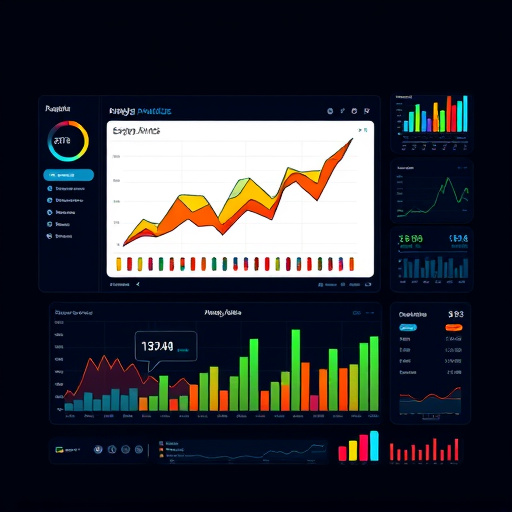Focusing on User Experience (UX) design improves website visibility and boosts Google search rankings. Intuitive navigation, clear information architecture, and high-quality content enhance user engagement, reducing bounce rates and increasing time spent on-site. Mobile optimization, local SEO tactics, and UX optimization collectively attract and retain users, leading to better search engine rankings in regions like Fort Worth and Broward.
In today’s digital landscape, understanding how UX design impacts Google search rankings is paramount for online success. This article delves into the intricate relationship between user experience principles and search engine optimization (SEO), exploring how they work in tandem to elevate websites. We’ll dissect the direct effects of UX on website structure and content, while also unveiling strategies to optimize for both user satisfaction and improved Google search rankings.
- Understanding User Experience (UX) Design Principles
- The Direct Impact on Website Structure and Content
- Strategies to Enhance SEO Through UX Optimization
Understanding User Experience (UX) Design Principles

User Experience (UX) Design is a set of principles aimed at creating products that are user-friendly and provide a satisfying experience. It involves understanding how users interact with digital interfaces, their needs, and behaviors to build intuitive designs. The ultimate goal is to make websites or apps easy to navigate, efficient to use, and enjoyable for users, which has a direct impact on improving Google search rankings.
Effective UX design considers factors like information architecture, usability testing, visual aesthetics, and accessibility. By implementing these principles, web designers in Dallas or near any location can enhance user engagement, reduce bounce rates, and encourage users to spend more time on the site. Search engines like Google recognize this behavior as a signal of quality content and site relevance, leading to better search rankings for websites with robust UX designs. Thus, focusing on UX not only improves the overall user experience but also serves as a powerful strategy to boost online visibility and attract organic traffic through improved Google search rankings.
The Direct Impact on Website Structure and Content

A well-structured and content-rich website is a cornerstone for improving Google search rankings. UX (User Experience) design plays a pivotal role in dictating how a site’s structure and content are presented to both users and search engine crawlers. A positive user experience, fostered through intuitive navigation, clear information architecture, and relevant, high-quality content, signals to Google that the site is valuable and trustworthy. This, in turn, enhances search rankings by aligning with Google’s goal of delivering the best possible results to its users.
Moreover, UX design ensures that a website is mobile-friendly, a critical factor for modern SEO strategies. With a growing number of searches conducted on mobile devices, Google favors websites optimized for these platforms. A mobile-friendly design not only enhances user experience but also reduces bounce rates and increases session durations, both of which are considered by Google when determining search rankings. Engaging and retaining users through effective UX practices is thus a direct method to improve Google search rankings and stay competitive in today’s digital landscape, with even the best SEO consultant near me acknowledging these principles.
Strategies to Enhance SEO Through UX Optimization

To enhance your website’s visibility and improve Google search rankings, UX optimization is a powerful strategy in your digital marketing arsenal. By focusing on user experience, you can create a positive journey that encourages visitors to engage with your content, ultimately increasing time spent on-site and reducing bounce rates. One effective approach is to streamline navigation, ensuring the site architecture is intuitive and easy to traverse. This includes implementing clear labeling, logical hierarchy, and efficient internal linking, which not only aids users but also signals search engines about your page structure.
Additionally, leveraging local SEO tactics can significantly impact rankings in specific geographic areas. For instance, optimizing for location-based keywords in content and meta tags, as well as claiming and verifying Google Business Profiles, can boost visibility among local audiences. Integrating these strategies into a comprehensive website design approach in Fort Worth or a robust digital marketing campaign in Broward ensures that your online presence not only attracts visitors but also keeps them engaged, leading to better search rankings in Frisco and beyond.
UX design plays a pivotal role in not just enhancing user engagement but also significantly influencing Google search rankings. By understanding and applying fundamental UX principles, optimizing website structure and content, and employing strategic SEO techniques, businesses can create seamless user experiences that attract more visitors and ultimately improve their position in search results. This holistic approach ensures that websites are not only visually appealing but also functionally efficient, leading to better performance and increased visibility online.














